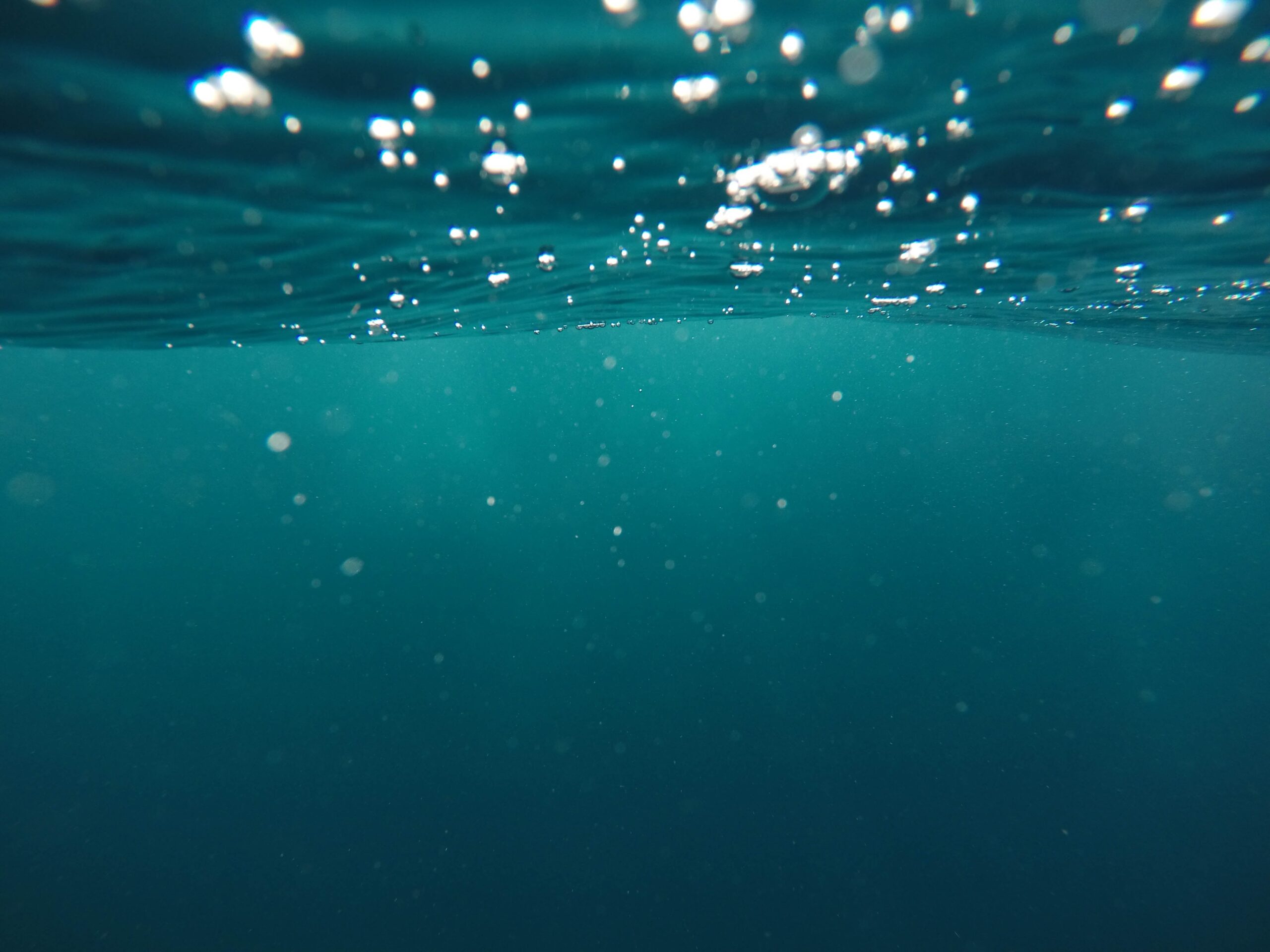Introduction
Named after the islands situated nearby which is the Mariana Islands, it has converged because a tectonic plate pushed beneath another. The tremendous pressure associated with subduction constitutes this extreme depth. A few 1000s of people may have reached Mount Everest but this is not the case in Mariana Trench. Let us explore and dive deep into the ocean filled with mysteries.
Structure
Situated in the Eastern Philippines, which is 200 kilometres towards the east of the Mariana Islands. Sediment appeared due to tectonic plates collision and one of them resulted in a movement towards the mantle. Spanning up to 2,550 kilometres in length and 69 kilometres in width and with a depth of 7 miles. More precisely, there would be an excess depth of 1.6 kilometres if Mount Everest were submerged in the trench.
Sirena Deep (HMRG)
One of the parts that the US government undertook is Sirena Deep (HMRG), which is 10,809 meters below sea level, to prevent it from being a landfill. A question may arise, that, is that no one can explore Mariana Trench. The answer is no. Only scientists and researchers have been permitted to proceed further regarding this section. Never underestimate the trench, since it alerts us to temperatures as low as below freezing point and pressures up to 1000 times greater when compared to the sea level. There will be 703 kilograms of pressure per square meter which is equivalent to a person carrying 500 aeroplanes.
Challenger Deep
Discoverd in 1875 by the British ship HMS-challenger, which set out to measure the exact distance of the sea for depicting a map. While determining the water level, they discovered the depth, which is 4475 fathoms, or 8 kilometers. Moreover, in 1951 HMS-challenger 2 measured the depth using the latest technology which is an echo-sounder system and found it to be 7 miles which is equal to 11 km hence it is named challenger deep. The name was chosen since it solely refers to the ship that conducted the exploration.
The First Humans
Jacques Piccard and Don Walsh used the US submarine Trieste to penetrate the Mariana Trench for the first time in 1960. Reaching the entire depth of 11 kilometres took 5 hours. After the submersible descended to this depth, they attempted to snap images for twenty minutes, but the surrounding fog prevented them from doing so. In this same period, scientists concluded that there could not be creatures living at this depth. Jacques Piccard discovered that he had seen a flat fish, proving them false. Piccard wrote about the details and evidence that he saw in the trench. Additionally, several media outlets attempted to learn more about these animals. National Geographic collaborates with a top film director James Cameron conducted a study in which he dug into the trench single-handedly in 2012, and took various proofs and images and the exact depth of the sumbarine reached 20908 meters.
In addition, Victor Vescove for documentation went into this trench and reached the depth of 10927. As of yet, only 30 persons have visited Mariana Trench. Research robots have also descended to this depth; examples include the 1995 Kaiko submersible, the 2009 Americas Remote Control Submersible, which hovered for ten hours, and the 2021 Spanish Caladan Oceanic Ring of Fire Expedition, which collected samples of mantle rocks that contained microorganisms, surprising scientists who had previously claimed no creature could survive to this depth. On the contrary organisms such as Xenophyophores which absorb its energy from creatures living next to them and Amphipods which are scavengers similar to shrimps were found surviving at this depth tactically
More than this on 2019 japanese researchers found a creature here, that it extracted aluminium from sea water and protected themselves at this deep. Researchers discovered that microbial mats were residing at this level by collecting hydrogen and methane produced by the current generated by rocks, as demonstrated by James Cameron’s demonstration.
Conclusion
The Mariana Trench is not only a source of scientific wonder, it is a symbol of several mysteries that exist. It tests the human curiosity and determination in unraveling the secrets. On this developing technology Mariana Terench will likely continue to be the focal point of research
